Vietnam War 1954-1975. The Vietnam War, a protracted and divisive conflict that lasted from 1954 to 1975, was characterized by the struggle between the communist government of North Vietnam and its allies in South Vietnam, known as the Viet Cong, against the government of South Vietnam and its principal ally, the United States. This war, part of a larger regional conflict and a manifestation of the Cold War, resulted in significant human costs, with estimates of up to 2 million civilians on both sides and around 1.1 million North Vietnamese and Viet Cong fighters dead. The U.S. military estimated between 200,000 and 250,000 South Vietnamese soldiers died in the war. The conflict left Vietnam devastated, with its agriculture, business, and industry disrupted, and led to a mass exodus of people loyal to the South Vietnamese cause.
Historical Background of the Vietnam War
The Vietnam War, a complex and long-lasting conflict, has roots that stretch deep into Vietnam’s history of struggle against foreign domination. This historical background is essential for understanding the origins and the enduring impact of the war.
Ancient to Colonial Vietnam
Vietnam’s history of resistance against external powers dates back over a thousand years, starting with a millennium of Chinese rule, which ended in the 10th century. The Vietnamese people’s fierce spirit of independence was honed through these early centuries of conflict and resistance.
Roots of the Vietnam War 1954-1975
In the mid-19th century, Vietnam fell under French colonial rule, becoming part of French Indochina, which also included Cambodia and Laos. The French exploited Vietnam’s resources and people, leading to widespread poverty, resentment, and a burgeoning nationalist movement.
World War II and Japanese Occupation
During World War II, Japan displaced French rule to take control of Vietnam, exploiting its resources for the war effort. The hardship of Japanese occupation, combined with a devastating famine in 1945, led to further unrest and set the stage for the rise of nationalist and communist movements.
The Rise of Ho Chi Minh and the Viet Minh
Ho Chi Minh, a founding member of the French Communist Party and a significant figure in international communist movements, emerged as the leader of the Vietnamese struggle for independence. In 1941, he founded the Viet Minh (League for the Independence of Vietnam) to fight for Vietnamese independence from French rule.
The August Revolution and Declaration of Independence
Following Japan’s surrender in August 1945, the Viet Minh seized the opportunity to declare Vietnamese independence, establishing the Democratic Republic of Vietnam (DRV) with Ho Chi Minh as President on September 2, 1945. However, the return of French forces led to the outbreak of the First Indochina War.
The First Indochina War
The conflict between the Viet Minh forces and the French, known as the First Indochina War, lasted from 1946 until 1954. The war culminated in the decisive Battle of Dien Bien Phu, where the Viet Minh forces, under General Vo Nguyen Giap, defeated the French. The French defeat at Dien Bien Phu led to the Geneva Accords.
The Geneva Accords of 1954
The Geneva Accords of 1954 temporarily divided Vietnam at the 17th parallel, with Ho Chi Minh’s communists in the north and the anti-communist state, led by Ngo Dinh Diem, in the south. This division set the stage for the escalating conflict as both sides vied for control over the entire country.
The goal of both factions was to achieve a unified Vietnam. In contrast to Ho and his supporters, who desired a communist nation modeled after other nations, Bao and a great number of others desired a Vietnam with strong economic and cultural connections to the West.
What started the war in Vietnam
U.S. Involvement Escalates
Initially, the U.S. provided military advisors and support to South Vietnam to stem the spread of communism, a policy motivated by the domino theory. However, the Gulf of Tonkin incident in 1964, where North Vietnamese forces allegedly attacked U.S. naval vessels, led to the Gulf of Tonkin Resolution, granting President Lyndon B. Johnson broad military powers in Vietnam. U.S. involvement escalated, and by 1969, over 500,000 American troops were engaged in combat operations.
Vietnam War Protests
As of November 1967, the American military presence in Vietnam had nearly reached 500,000 personnel, resulting in 15,058 fatalities and 109,527 injuries. Some soldiers began to doubt the government’s justifications for their continued presence and Washington’s recurrent assurances that the conflict was being decisive as the conflict continued.
During the latter stages of the conflict, there was a notable decline in the physical and mental health of American soldiers, including draftees and volunteers. This was accompanied by an increase in substance abuse, post-traumatic stress disorder (PTSD), mutinies, and assaults by soldiers against noncommissioned officers and officers.
Over 503,000 U.S. military personnel deserted between July 1966 and December 1973, and a strong anti-war movement among American forces resulted in violent demonstrations, mass executions, and incarceration of personnel stationed in Vietnam and the United States.
Americans on the home front, inundated with horrifying images of the conflict on their televisions, also rebelled against the war: Outside the Pentagon in October 1967, an estimated 35,000 protesters organized an enormous Vietnam War demonstration. Critics of the conflict contended that the principal casualties were civilians rather than enemy combatants, and that the United States was providing backing to a corrupt dictatorship in Saigon.
Tet Offensive in 1968
The Vietnam War 1954-1975 was characterized by several key military campaigns and battles, including the Tet Offensive in 1968, a massive assault by North Vietnamese and Viet Cong forces. Although the offensive was a tactical failure for the communists, it significantly shifted American public opinion due to its scale and the surprising element of the attacks.
When did the war in Vietnam end
Vietnamization Strategy
Facing increasing public opposition and a stalemate on the battlefield, President Richard Nixon introduced “Vietnamization,” a strategy aimed at gradually withdrawing U.S. troops and transferring combat responsibilities to South Vietnamese forces. This policy, coupled with secret peace negotiations in Paris, eventually led to the signing of the Paris Peace Accords in 1973, officially ending U.S. military involvement in Vietnam.
The fall of Saigon
The fall of Saigon in 1975 marked the end of the Vietnam War, with North Vietnamese forces capturing the city and reuniting the country under communist rule on April 30, 1975. The war had devastating effects, including the loss of an estimated 2 million Vietnamese civilians, 1.1 million North Vietnamese and Viet Cong fighters, and more than 58,000 American soldiers.
The conflict left a lasting impact on both Vietnam and the United States, reshaping American foreign policy and military strategy. The Vietnam Veterans Memorial in Washington, D.C., stands as a poignant reminder of the war’s human cost. The war’s legacy continues to influence American society and politics, serving as a cautionary tale about military intervention and the importance of understanding foreign cultures and histories.
The Vietnam War 1954-1975 remains one of the most contentious and painful chapters in American and Vietnamese history. It serves as a stark reminder of the costs of war, the complexities of international politics, and the deep scars that such conflicts can leave on nations and individuals alike.
The Vietnam War Photos
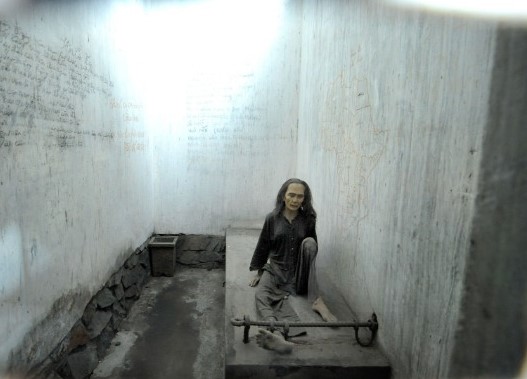
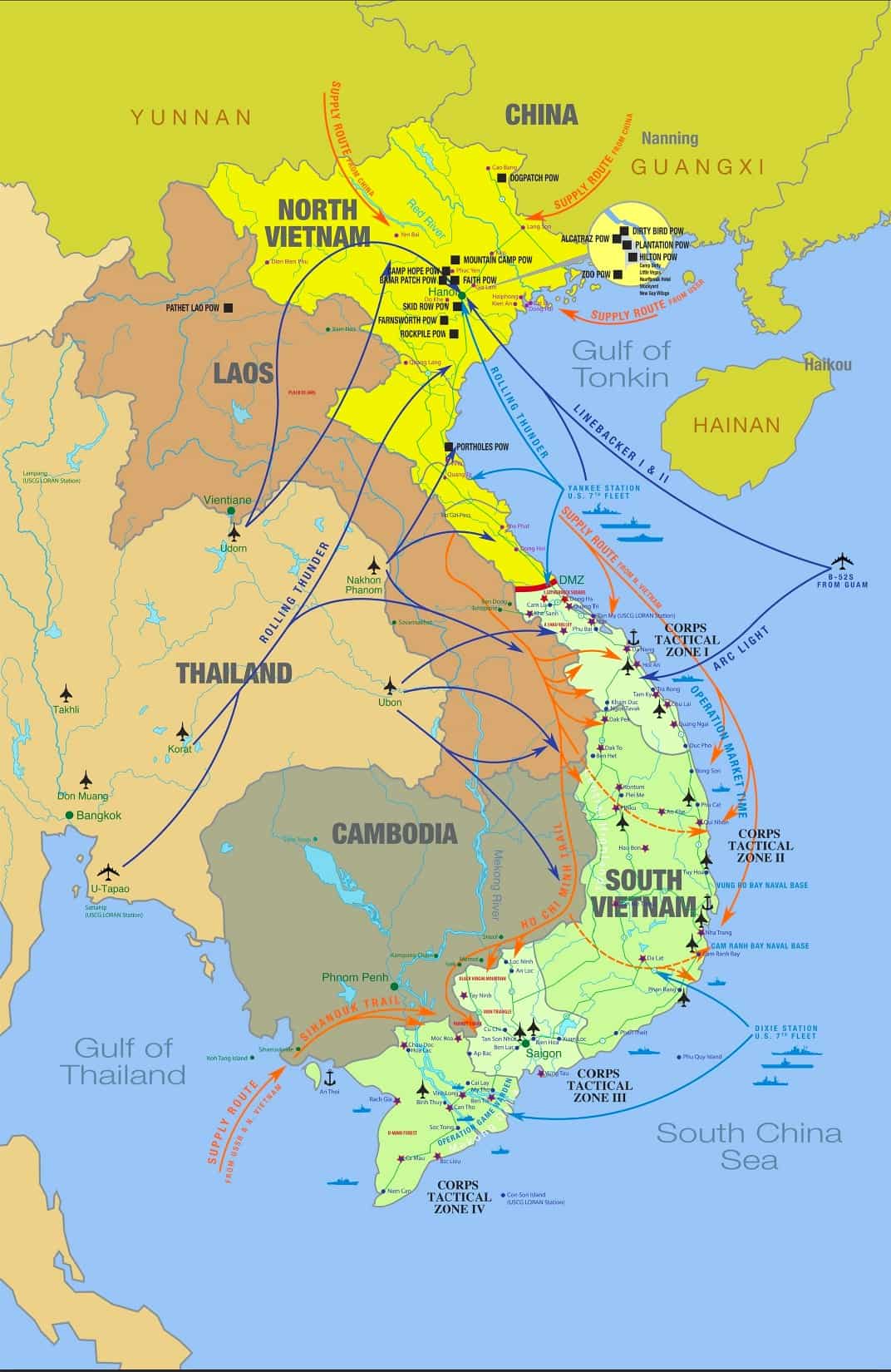
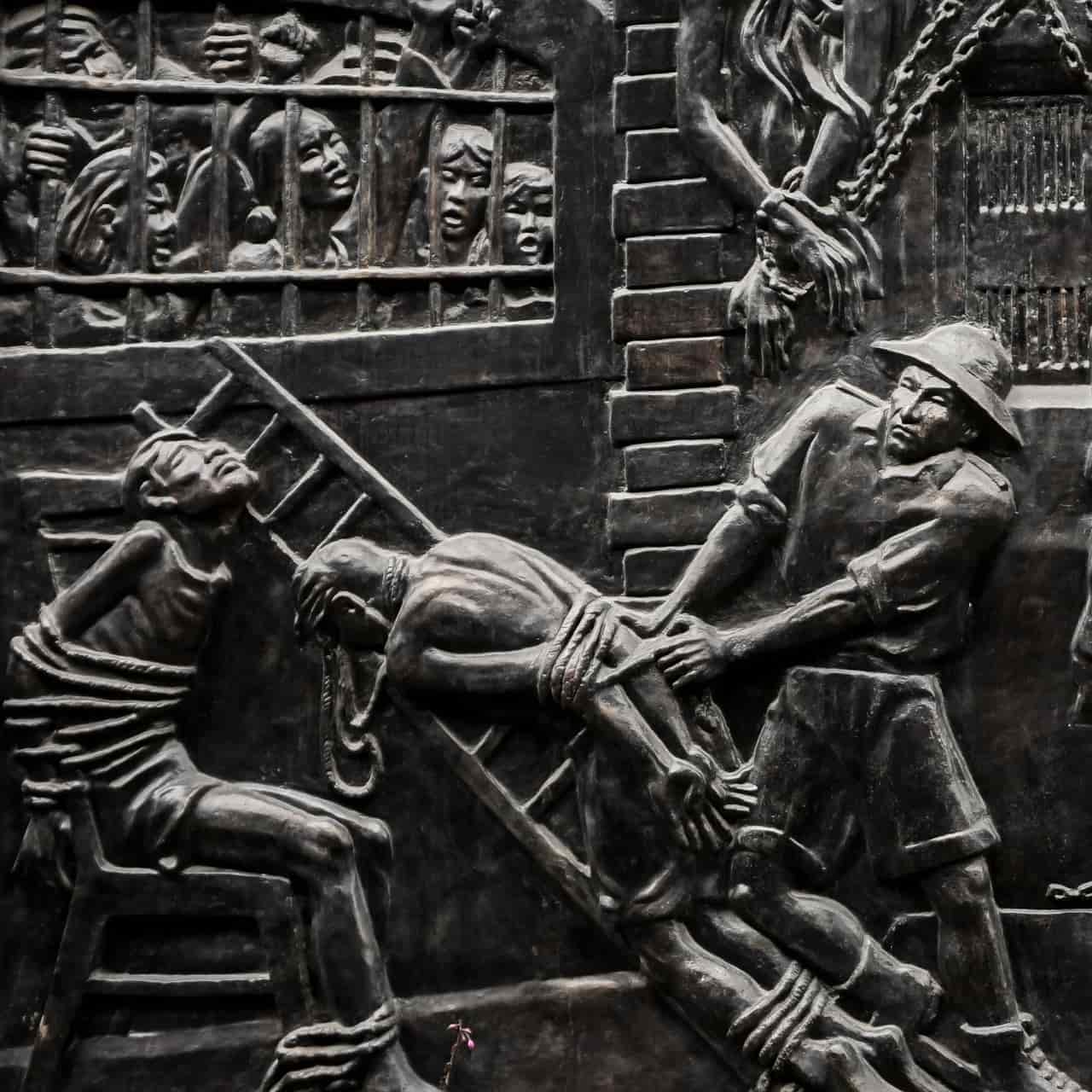
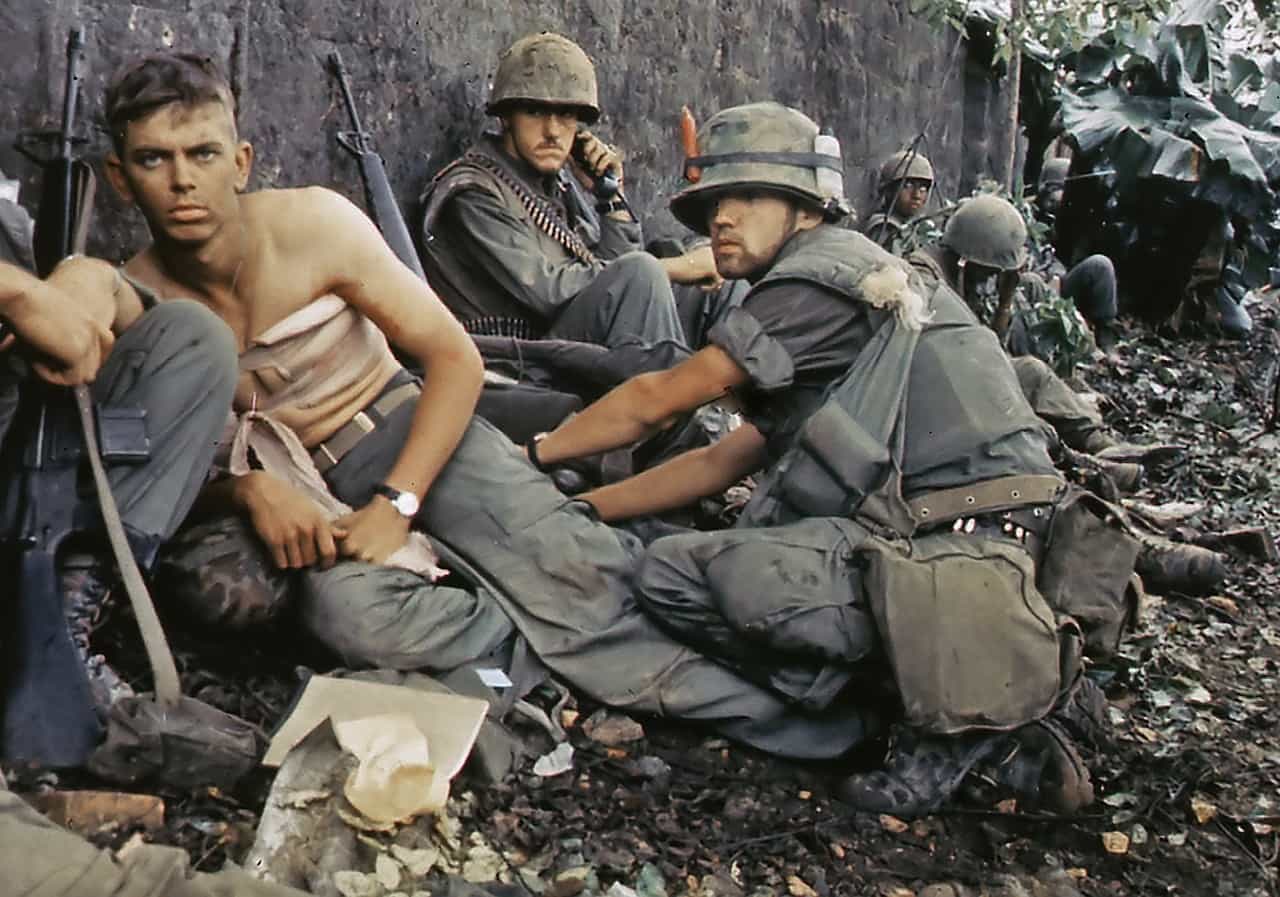
FAQs
Q1. who won the Vietnam war 1954-1975
Answer. The Vietnam War was a long and bloody conflict between North Vietnam and its allies, and South Vietnam and the United States. The war ended with the reunification of Vietnam under a communist regime, but also left millions of casualties and a lasting legacy of trauma and controversy.
Q2. what was the domino theory
Answer. The domino theory was a Cold War-era belief that if one country fell to communism, neighboring countries would also fall, like a row of dominoes. This theory influenced U.S. foreign policy, including its involvement in the Vietnam War.

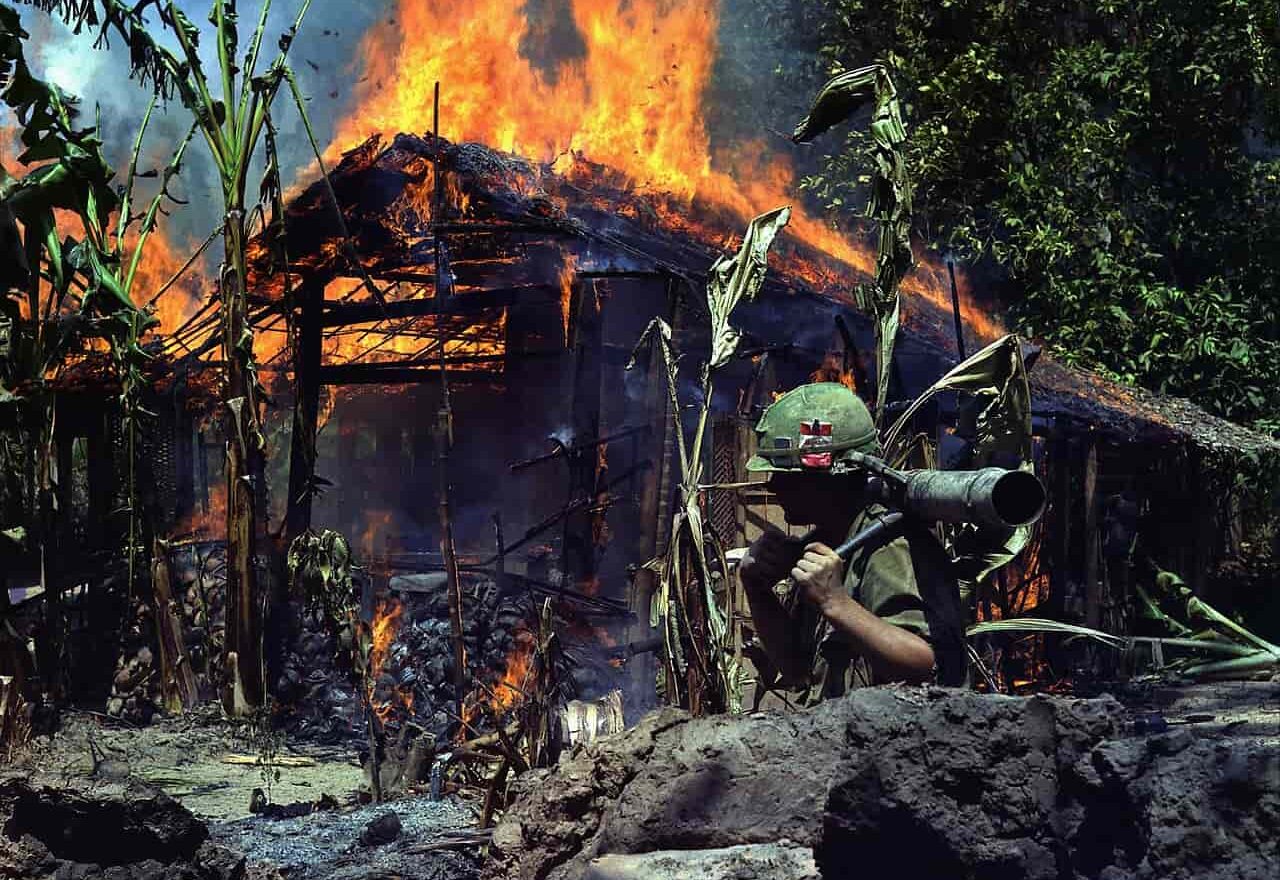










[…] to the perception of U.S. unilateralism in specific actions and decisions. Notably, the invasion of Iraq in 2003, justified by the U.S. administration under the aegis of the War on Terror, was met with scepticism […]